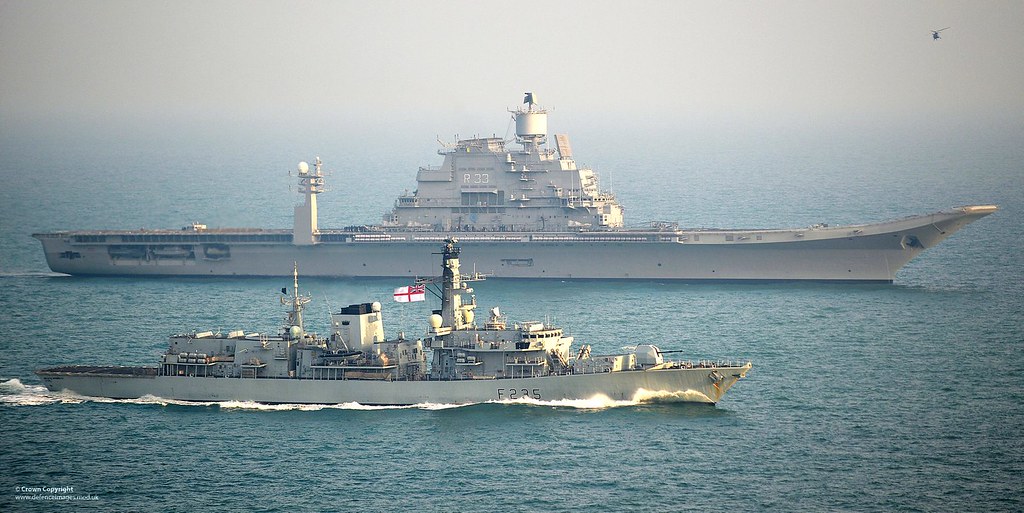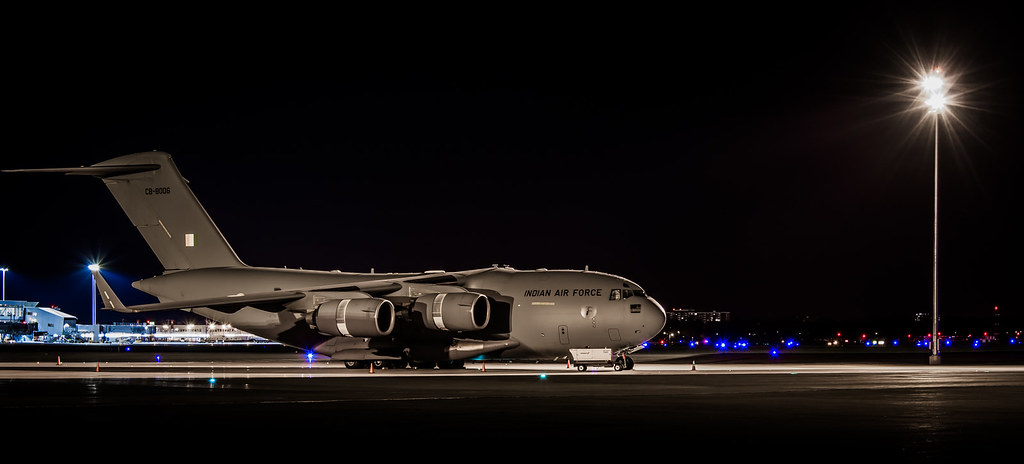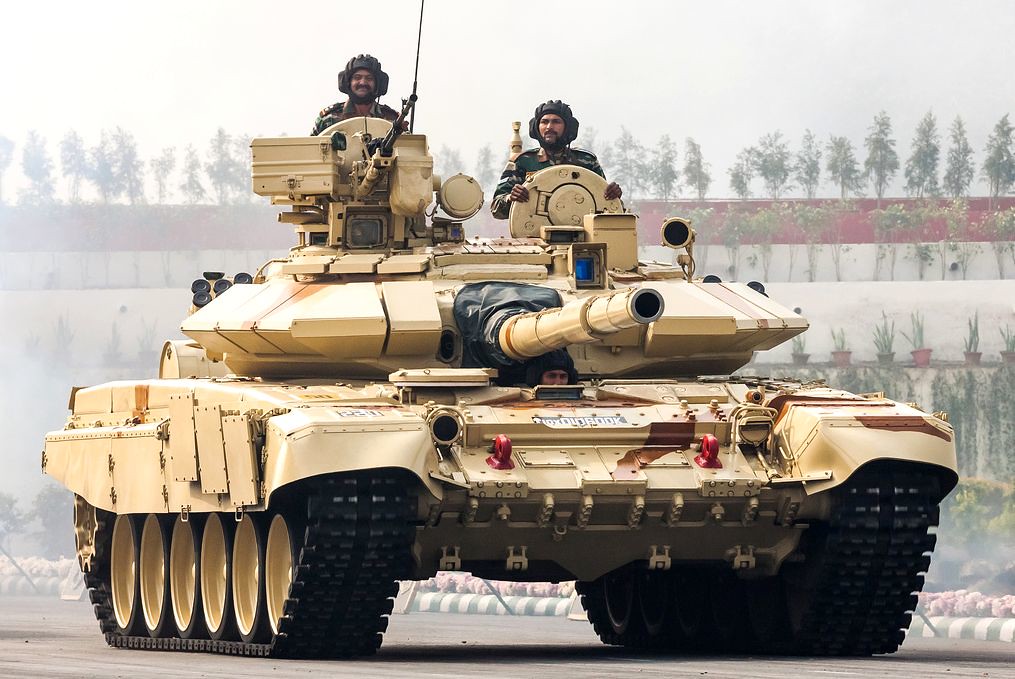No products in the cart.
Top 15 deadly Indian weapons which China fears the most!
Navy:
- INS Arihant(Nuclear Sub)
- Arihant has four vertical dispatch tubes, which can convey 12 (three for each dispatch tube) littler K-15 rockets or four bigger K-4 rockets. The K-4 has a more drawn out scope of 3,500 km (2,200 mi). INS Arihant finished its first hindrance watch. The multi day long watch finished on 4 November 2018. This denoted the fulfillment of India’s atomic group of three.
- INS Kolkata with Brahmos
- The India-structured boat is intended to have best in class weapons and sensors, secrecy includes, a propelled activity data framework, an exhaustive helper control framework, world class secluded living spaces, modern force appropriation framework and a large group of other propelled highlights. These boats incorporate numerous new highlights and include configuration changes that guarantee an unquestionably further developed weapons stages contrasted with the prior Project 15 boats. The boat’s air guard ability, intended to counter the danger of adversary airplane and hostile to deliver journey rockets, rotate around the vertical dispatch, long range surface-to-air rocket framework, co-created by DRDO. Four AK-630 quick discharge firearms will give the boat close-in-safeguard capacity while a MR weapon will empower her to give compelling maritime gunfire support. India-created twin cylinder torpedo launchers and rocket launchers will add punch to the boat’s enemy of submarine ability. INS Chennai is intended to convey the supersonic BrahMos surface-to-surface rocket framework. The framework empowers the boat to connect with shore-based and maritime surface focuses at long range making it a deadly stage for strike against foe targets.
- INS Vikramaditya with MiG29K
- The battle frameworks on board the transporter are constrained by LESORUB-E, the PC helped activity data framework. It assembles information from the boat’s sensors and information interfaces and makes thorough circumstance mindfulness. The CCS Mk II correspondence complex is introduced for outside interchanges and the Link II strategic information framework empowers incorporation into the Indian Navy’s system driven activities. Present day dispatch and recuperation frameworks are introduced for taking care of various airplane – the LUNA arrival framework for MiG-29Ks and the DAPS Landing framework for Sea Harriers. The Resistor-E mechanized airport regulation framework has been introduced, which gives help during approach, landing and short range route down to a separation of 30 meters shy of flight deck to the pilots. Alongside different other sub-frameworks, it gives route and flight information to dispatch borne airplane working at significant distances from the transporter.
- INS Chakra (Nuclear Sub)
- Post 2019 Balakot airstrike directed by Indian Air Force, Indian Navy sent INS Chakra alongside INS Kalvari to scan for the Pakistani submarine PNS Saad.
- SOSUS(Radar Mapping Technology)
- undisclosed
Air Force
- IAF Dassault Rafale
- The Rafale was created as a cutting edge stream contender with an elevated level of dexterity; Dassault decided to join a delta wing with dynamic close-coupled canard to expand mobility. The airplane is fit for withstanding from −3.6g to 9g (10.5g on Rafale solo presentation and a limit of 11g can be reached in the event of emergency). The Rafale is an efficiently insecure airplane and utilizations advanced fly-by-wire flight controls to falsely uphold and look after security. The airplane’s canards additionally act to lessen the base arrival speed to 115 bunches (213 km/h; 132 mph); while in flight, velocities as low as 15 bunches (28 km/h; 17 mph) have been seen during preparing missions. As indicated by recreations by Dassault, the Rafale has adequate low speed execution to work from STOBAR-designed plane carrying warships, and can take off utilizing a ski-hop without any alterations.
- IAF Su30 MKI with Brahmos
- The Su-30MKI is a profoundly coordinated twin-finned airplane. The airframe is developed of titanium and high-quality aluminum composites. The motor admission inclines and nacelles are fitted with pant fairings to give a consistent smoothed out profile between the nacelles and the tail pillars. The blades and level tail supports are appended to tail pillars. The focal pillar area between the motor nacelles comprises of the gear compartment, fuel tank and the brake parachute holder. The fuselage head is of semi-monocoque development and incorporates the cockpit, radar compartments and the aeronautics narrows.
- Su-30MKI streamlined design is a longitudinal triplane with loosened up steadiness. The canard builds the airplane lift capacity and diverts naturally to permit high approach (AoA) flights permitting it to play out Pugachev’s Cobra. The fundamental streamlined design joined with push vectoring brings about very skilled mobility, taking off and landing qualities. This high readiness permits fast sending of weapons toward any path as wanted by the team. The canard strikingly helps with controlling the airplane everywhere approaches and carrying it to a level flight condition. The airplane has a fly-by-wire (FBW) with fourfold repetition. Subject to flight conditions, signals from the control stick position transmitter or the FCS might be coupled to remote control intensifiers and joined with criticism signals from speeding up sensors and rate gyros. The resultant control signals are coupled to the rapid electro-pressure driven actuators of the lifts, rudders and the canard. The yield signals are looked at and, if the thing that matters is huge, the flawed channel is detached. FBW depends on a slow down notice and boundary system which forestalls slows down through emotional increments of control stick pressure, permitting a pilot to viably control the airplane without surpassing the approach and speeding up restrictions. In spite of the fact that the most extreme approach is constrained by the canards, the FBW goes about as an extra well being instrument.
- IAF C-17 Globemaster
- The C-17 is fueled by four Pratt and Whitney F117-PW-100 turbofan motors, which depend on the business Pratt and Whitney PW2040 utilized on the Boeing 757. Every motor is evaluated at 40,400 lbf (180 kN) of push. The motor’s pushed reversers direct motor fumes air upwards and forward, decreasing the odds of remote item harm by ingestion of runway flotsam and jetsam, and giving enough opposite push to back the airplane up on the ground while navigating. The push reversers can likewise be utilized in trip out of gear invert for included drag in most extreme rate drops. In vortex riding tests performed by two C-17s, up to 10% fuel investment funds were accounted for.
- IAF HAL Chetak
- The HAL Dhruv is of regular structure; around 29 percent of its vacant weight (comprising 60 percent of the airframe’s surface region) is composite materials. It has been accounted for that the exceptional carbon fiber composite created by HAL decreased the helicopter’s weight by 50 percent. The high tail blast permits simple access to the back entryways. The twin 1000 shp Turbomeca TM333-2B turboshafts are mounted over the lodge and drive a four-cutting edge composite principle rotor. The principle rotor can be physically collapsed; the sharp edges are mounted between carbon-fiber-fortified plates, the rotor head is built from fiber elastomers. In February 2004, US helicopter organization Lord Corporation were granted an agreement to build up a functioning vibration control framework (AVCS), which screens installed conditions and offsets fuselage vibrations.
- IAF Apache Attack Helicopter
- One of the progressive highlights of the Apache was its protective cap mounted presentation, the Integrated Helmet and Display Sighting System (IHADSS); among its capacities, either the pilot or heavy armament specialist can slave the helicopter’s 30 mm programmed M230 Chain Gun to their cap, making the weapon track head developments to point where they look. The M230E1 can be on the other hand fixed to a bolted forward terminating position, or controlled by means of the Target Acquisition and Designation System (TADS). On increasingly present day AH-64s, the TADS/PNVS has been supplanted by Lockheed Martin’s Arrowhead (MTADS) focusing on framework.
Army
- Tavor TAR-21
- The Tavor utilizes a bullpup setup, in which the beneficiary, jolt transporter gathering and magazine are put behind the single handed grip. This abbreviates the gun’s general length without giving up barrel length. Thus, the Tavor gives carbine generally speaking length, yet can accomplish rifle gag speeds if outfitted with a rifle-length barrel.
- Pinaka SAM
- Pinaka is a finished MBRL framework, each Pinaka battery comprises of: six launcher vehicles, each with 12 rockets; six loader-renewal vehicles; three recharging vehicles; two Command Post vehicle (one reserve) with a Fire Control PC, and the DIGICORA MET radar. A battery of six launchers can kill a territory of 1,000 m × 800 m. The Army for the most part sends a battery that has a sum of 72 rockets. The entirety of the 72 rockets can be terminated in 44 seconds, taking out a territory of 1 km2. Every launcher can fire an alternate way as well.
- Barak 8
- The Barak 8 has a length of about 4.5 meters, a measurement of 0.225 meters at rocket body, and 0.54 meters at the sponsor stage, a wingspan of 0.94 meters and weighs 275 kg including a 60 kg warhead which explodes at closeness. The rocket has most extreme speed of Mach 2 with a greatest operational scope of 70 km, which was later expanded to 100 km. Barak 8 highlights a double heartbeat rocket engine just as Thrust vector control,
- T90 Bhishma
- The T-90S Bhishma (named after the watchman warrior in the Mahabharata) is a vehicle custom-made for Indian help, enhancing the T-90S, and created with help from Russia and France. The tanks are outfitted with the French Thales-constructed Catherine-FC warm sights, and utilize Russian Kontakt-5 K-5 touchy responsive heavily clad plates. also, Kontakt-5 ERA notwithstanding the essential reinforcement which comprises of overlaid plates and artistic layers with high malleable properties. The new welded turrets previously created for the Indian T-90S Bhishma have further developed shield assurance than the early cast turrets.
- Spike
- Spike is a fire-and-forget rocket with lock-on before dispatch and programmed self-direction. The rocket is outfitted with an imaging infrared searcher. The long and broadened go adaptations of the Spike additionally have the ability of “Fire, Observe and Update” working mode (otherwise called Lock-on after dispatch (LOAL)). The rocket is associated by a fiber-optical wire that is spooled out between the dispatch position and the rocket. With this, the administrator can get an objective on the off chance that it isn’t in the view of the administrator at dispatch, switch focuses in flight, or make up for the development of the objective if the rocket isn’t following the objective for reasons unknown. Henceforth, the rocket can be terminated hypothetically for an objective of chance, or to give perception on the opposite side of a snag. The rocket has a delicate dispatch capacity – the engine terminating after the rocket has left the launcher – that takes into consideration the rocket to be terminated from bound spaces, which is a need in urban fighting.
















